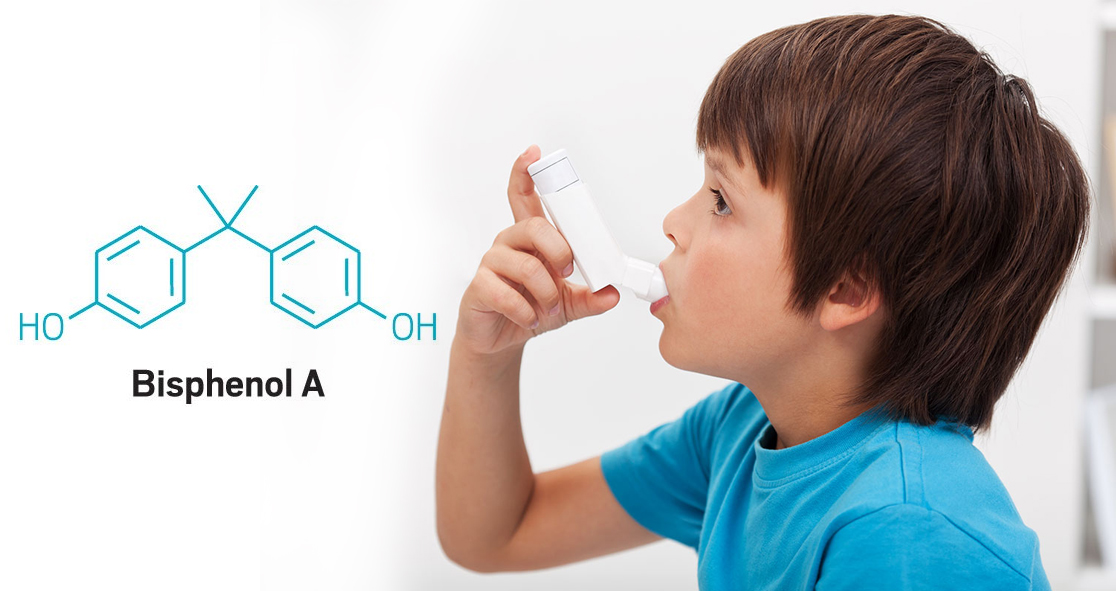New research, published last week in the Journal of Allergy and Clinical Immunology, has found that children from low-income neighborhoods in Baltimore who had higher levels of a chemical Bisphenol A (BPA) in urine were more likely to have asthma symptoms.
Researchers from the Johns Hopkins Bloomberg School of Public Health and School of Medicine found that exposure to BPA might have a greater health impact on children.
The researchers noted that boys with high urine BPA levels had a higher risk of having more asthma symptoms. However, they did not find any significant link between high BPA levels and asthma among girls.
The study found no association between higher levels of BPS and BPF and asthma symptoms. Just as BPA, BPS and BPF are found in many consumer products, such as beverage bottles and food cans.
The researchers found a strong connection between high BPA in urine and recent asthma attacks in about 148 Black children in Baltimore.
Lead author Prof. Lesliam Quirós-Alcalá said, “Our findings suggest that additional studies are needed to examine this BPA-asthma link, given the high burden of pediatric asthma and widespread exposure to BPA in the United States.”
“This is especially important given that Black Americans have higher asthma rates than whites and also, according to CDC data, have higher exposure to these chemicals than whites,” she added.
BPA is used to make polycarbonate plastic and some epoxies. Globally, it is produced at a rate of about 7 million tons a year. The chemical is known to activate estrogen receptors on cells, suggesting it may have hormone-like effects, which can disrupt human biology even if a person is slightly exposed.
BPA has been found to have pro-inflammatory effects in animal studies. Clinical studies have found high BPA levels in urine are more likely to have heart disease, diabetes, asthma, and other medical conditions.
The researchers explained that children are more vulnerable than adults are, which is why companies have stopped making baby bottles and sippy cups containing BPA decades ago.
Prof. Quirós-Alcalá and her team examined 148 asthmatic children (85 boys and 63 girls) in Baltimore from 2007 to 2010. More than 90 percent of the children were black and 69 percent came from households with annual incomes less than $35,000.
The researchers analyzed the BPA levels in urine and found “a ten-times-greater level of BPS was associated with a 40 percent increased chance of having had coughing, wheezing, or chest tightness” in the prior two weeks. Also, most of the children reported ER visits in the prior three months.
The boys were found to have a greater risk than girls did, the researchers noted.
However, the investigators warned that more studies are required to understand the cause and effect, as the study did not prove that BPA exposures caused direct health effects. Prof. Quirós-Alcalá said, “If these findings are confirmed in future studies, then avoiding or limiting contact with BPA sources may be advisable for families who have children with asthma.”























